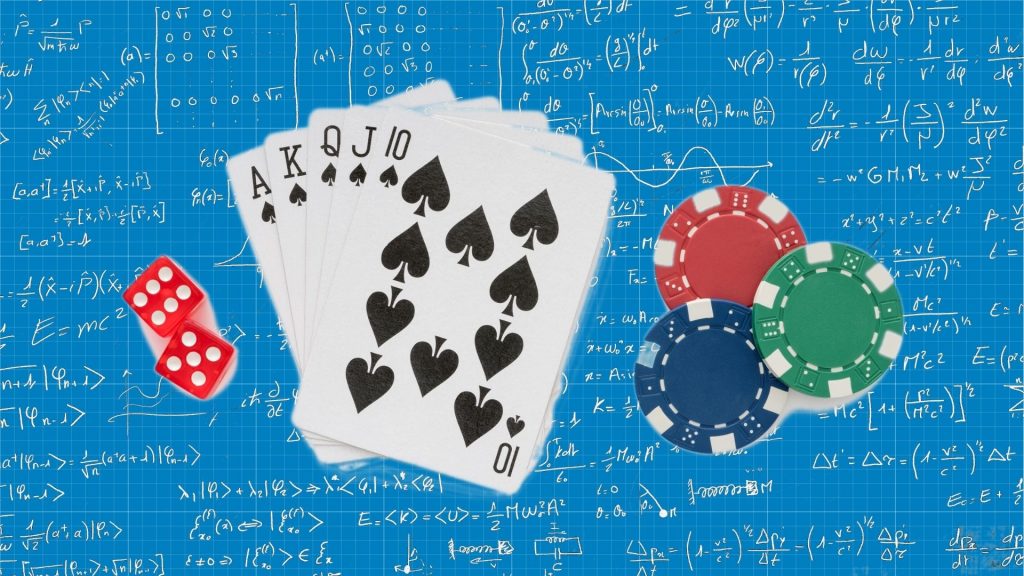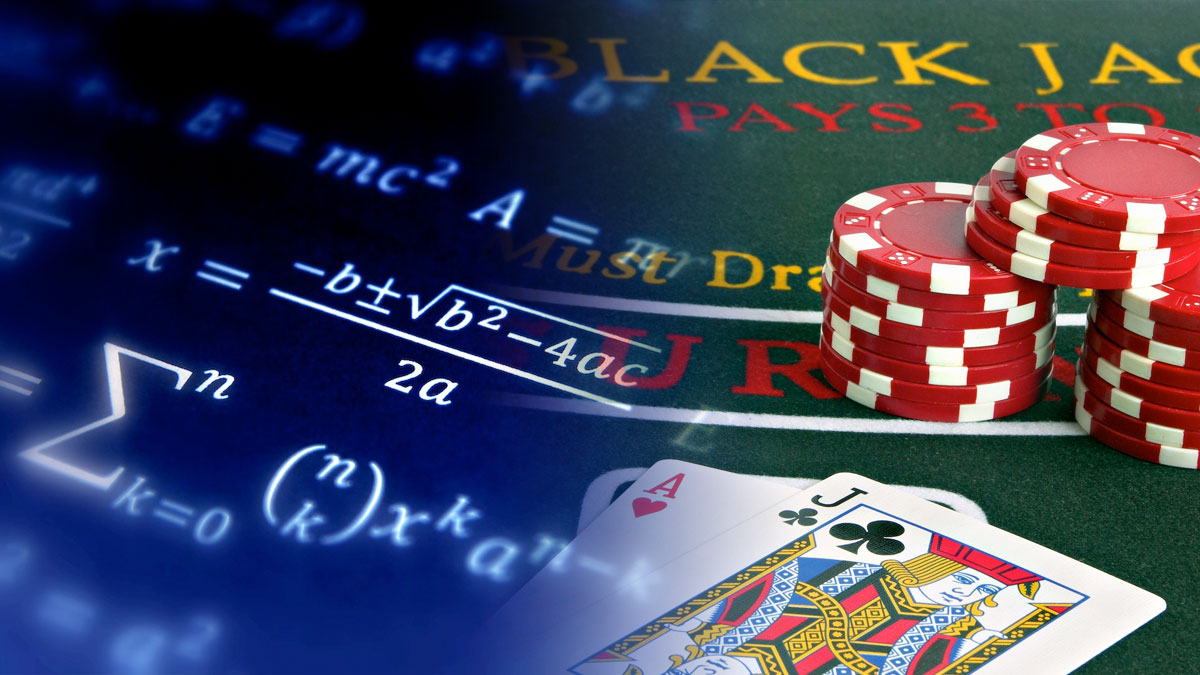Blackjack is a fascinating and widely popular card game that has gained immense popularity in land-based casinos and online platforms. The allure of this game lies in its unique blend of strategy, skill, and chance. As an avid player or someone interested in exploring the world of online casino games, understanding the mathematics behind blackjack online casino can significantly enhance your gameplay and improve your chances of winning. In this comprehensive article, we will explore the intricate realm of blackjack mathematics, equipping you with invaluable insights to make well-informed decisions and surpass your competitors.
The Basics of Blackjack
Before diving into the game’s mathematical aspects, let’s briefly go over the basics of blackjack. Blackjack aims to beat the dealer’s hand without exceeding a total card value of 21. In the game of blackjack, every card holds a distinct value. Numbered cards maintain their face value, while face cards (King, Queen, and Jack) are valued at 10. The Ace is particularly interesting, as its value can be either 1 or 11, depending on the player’s preference.
During a standard blackjack game, several players engage with a dealer. At the beginning, each player is dealt two cards, whereas the dealer receives one card facing up and another facing down. Subsequently, players are presented with the choice to “hit” and receive additional cards or “stand” and maintain their current hand. Once all players have made their decisions, the dealer unveils their face-down card and proceeds to hit or stand following pre-established rules.
The Role of Probability in Blackjack
Probability is pivotal in blackjack, determining the likelihood of certain events occurring during the game. Players can make informed decisions and adopt optimal strategies by understanding the probabilities associated with different scenarios.
One essential concept in blackjack is the probability of busting, which refers to exceeding a total card value of 21. This probability depends on several factors, including the player’s initial hand, the number of decks in play, and the cards already dealt. Calculating the probability of busting helps players assess the risk of taking additional cards.
Moreover, knowing the probabilities of receiving specific cards can also guide players’ decision-making. For instance, the likelihood of drawing a 10-value card (10, Jack, Queen, or King) is relatively high, considering these cards constitute a significant portion of the deck. This knowledge can influence players’ choices when hitting or standing.

Optimal Strategy and Card Counting
Players often employ strategies that take advantage of the mathematical probabilities associated with blackjack to maximize their chances of winning. One well-known strategy is the basic strategy, which outlines the statistically best course of action for each possible player hand against the dealer’s upcard. The basic strategy considers the player’s hand value and the dealer’s exposed card, guiding whether to hit, stand, double down, or split pairs.
In addition to basic strategy, some players resort to card counting techniques. Card counting encompasses the practice of assigning a specific point value to every card that is dealt and maintaining a continuous tally to estimate the composition of the remaining deck. This technique aims to identify favorable situations with a higher proportion of high-value cards, such as 10-value cards and Aces, which offer an advantage to the player. However, it’s important to note that card counting is not illegal but is generally frowned upon by casinos, and skilled card counters may face restrictions or be asked to leave.
House Edge and Expected Value
Like all casino games, blackjack is designed with a inherent advantage for the house. The house edge refers to the casino’s statistical advantage over the players, typically expressed as a percentage. However, by employing proper strategies and understanding the mathematics behind the game, players can reduce the house edge and potentially gain an edge of their own.
Expected value (EV) is another crucial concept in blackjack. It represents the average amount a player can expect to win or lose on each bet over the long run. Players can optimize their overall profitability by making decisions that maximize their expected value. Understanding the relationship between EV, probability, and game outcomes is fundamental to successful blackjack play.
Conclusion
In conclusion, the mathematics behind blackjack provides players valuable insights that can enhance their gameplay and potentially lead to greater success. By understanding the probabilities, employing optimal strategies, and being aware of the house edge, players can make informed decisions and improve their chances of winning. Whether you’re a seasoned blackjack enthusiast or a novice looking to explore the exciting world of online casino games, delving into the mathematics behind blackjack is worthwhile.






